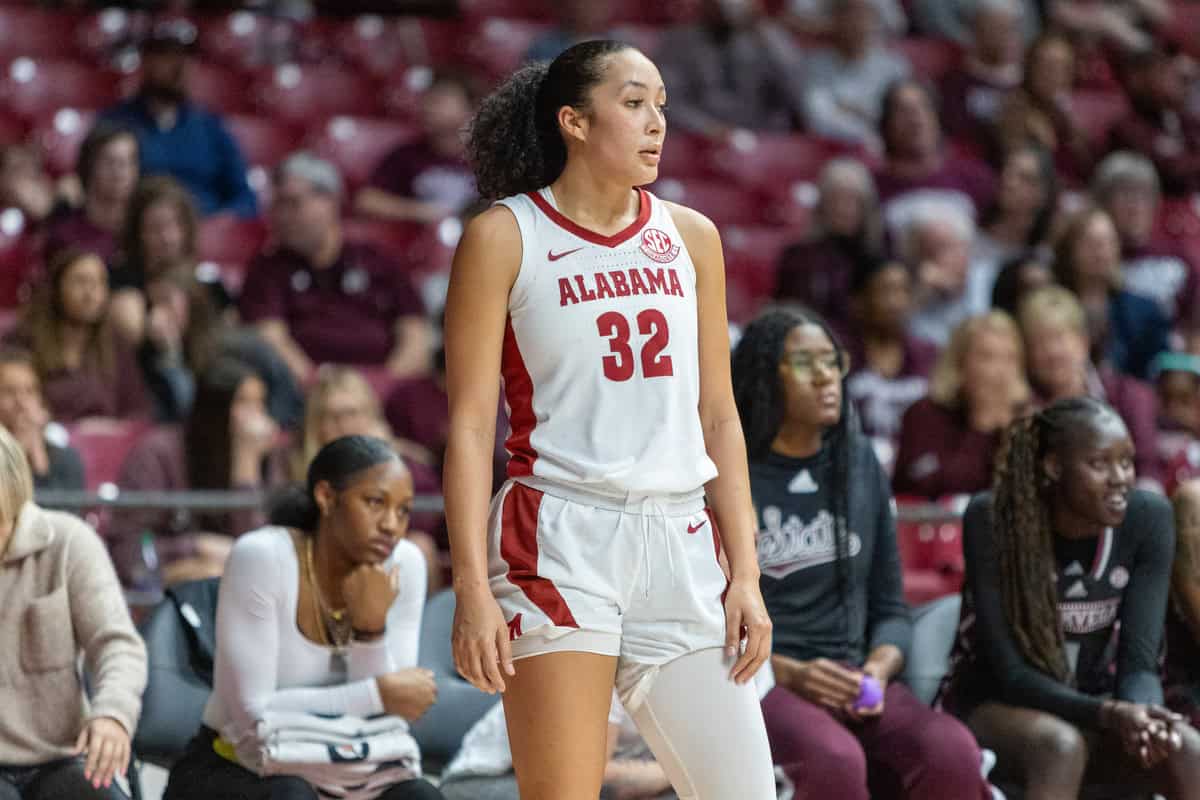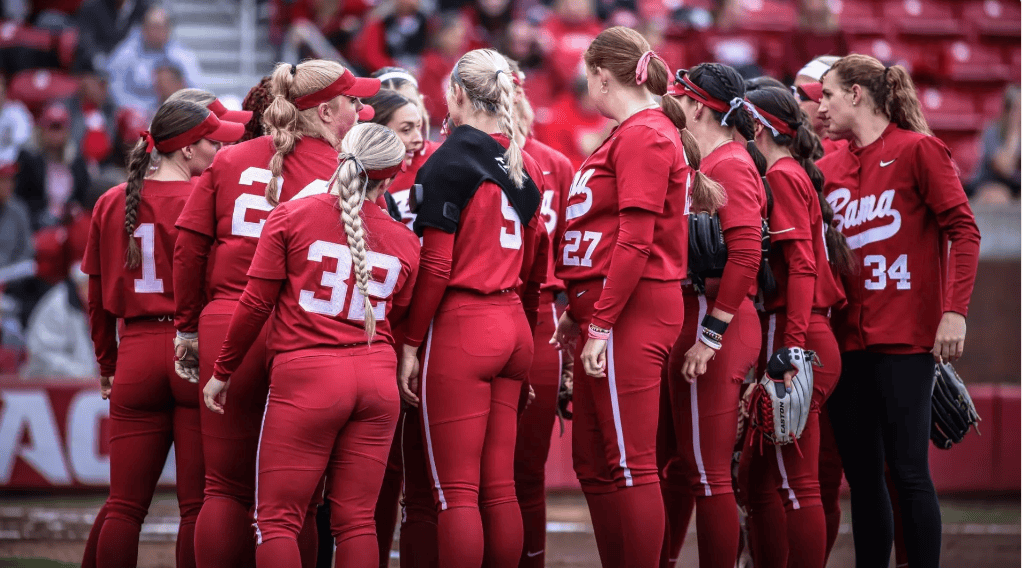Once again, Alabama is on top of the college football world. The earth is returned to its proper orbit, time marches ever on, and the weather outside will soon revert to its normal, bearably balmy standard. The world is as it should be. But how did Alabama get back here, when just six short weeks ago, the sky seemed to be falling in Tuscaloosa like the goalposts fell in Oxford.
Too soon? Sorry.
Since that fateful night against the Rebels, Alabama has reasserted its classic identity, becoming the kind of defense that opposing offenses dread facing. Cornerback Cyrus Jones said the young unit has learned to play together, and it shows. The team is playing with more swagger than ever before – maybe more than any team in the Saban era, and it’s not just jumping to the stadium soundtrack or celebrating with the student section. It’s starting to show on the stat sheet.
Jones and safety Landon Collins help anchor a secondary that is one of the most improved units in the nation, with opposing teams averaging a full yard per attempt less than before the Ole Miss game. Before the loss, the secondary conceded 6.2 yards per pass attempt against them and 11.2 yards per completion. In the back half, that’s gone down to 5.2 yards per attempt and 9.9 yards per completion.
That improvement can probably be attributed to the unit’s growing cohesiveness, which aids communication and allows the players to play more aggressively. Before the Ole Miss game, Alabama averaged 3.6 pass breakups per game. Since, Alabama averages 5 pass breakups per game, with some coming in the most crucial moments – against LSU in the end zone during over time, for instance. That aggression has translated into interceptions, a point of emphasis for Saban and Kirby Smart. Before Ole Miss, Alabama had two total interceptions, both against Florida. After, Alabama has one interception every game, and three against Mississippi State.
That sudden spike in interceptions has gone a long way to fixing Alabama’s turnover margin, which was at -2 before the game and sits at plus-7 after. Saban emphasizes turnover margin more than nearly any aspect of the game – as well he should. Statistical studies of the NFL show that turnover margin is a strong predictor of team record, with about 75 percent accuracy. It wouldn’t be too much of an assumption to apply the same logic to the college level.
Possibly more improved is Alabama’s front seven. The team has had one of the most dominant rush defenses in football all season – in fact, for many seasons now. In 2014, Alabama concedes 94.1 rushing yards per game, the third best total in the country.That number has actually gone up since the Ole Miss game, but that can be explained by increasing quality of competition and many, many more rushing attempts faced. At 2.8 yards per carry conceded, Alabama’s opponents can almost never count on an efficient run.
Alabama hasn’t conceded a rushing touchdown since Oct. 11, and has only conceded two all season.
The most improvement has come in the pass rush and overall aggression of the unit. The defensive linemen and linebackers are getting into the backfield with frequency, averaging 7.4 tackles for a loss per game since the Ole Miss game – only 5.8 beforehand. It’s that kind of performance that helps Alabama stop drives and even get the occasional sack. Just ask Mississippi State’s Josh Robinson.
The pass rush has started to affect the quarterback at a much higher rate after the Ole Miss loss. Prior to the game, Alabama averaged 1.8 sacks per game. Since then, the front seven has averaged 3.2 sacks per game. Even more telling is the team’s quarterback hurries. Discounting the statistically anomalous 10-hurry performance against Southern Miss, Alabama hurried the quarterback at a rate of 1.5 hurries per game. Since then, the number has spiked to 6.7
This team has always had the potential to win a championship. It has the talent and it has the coaching, and, at the most important crossroads of the season, it started to put its best product on the field.






